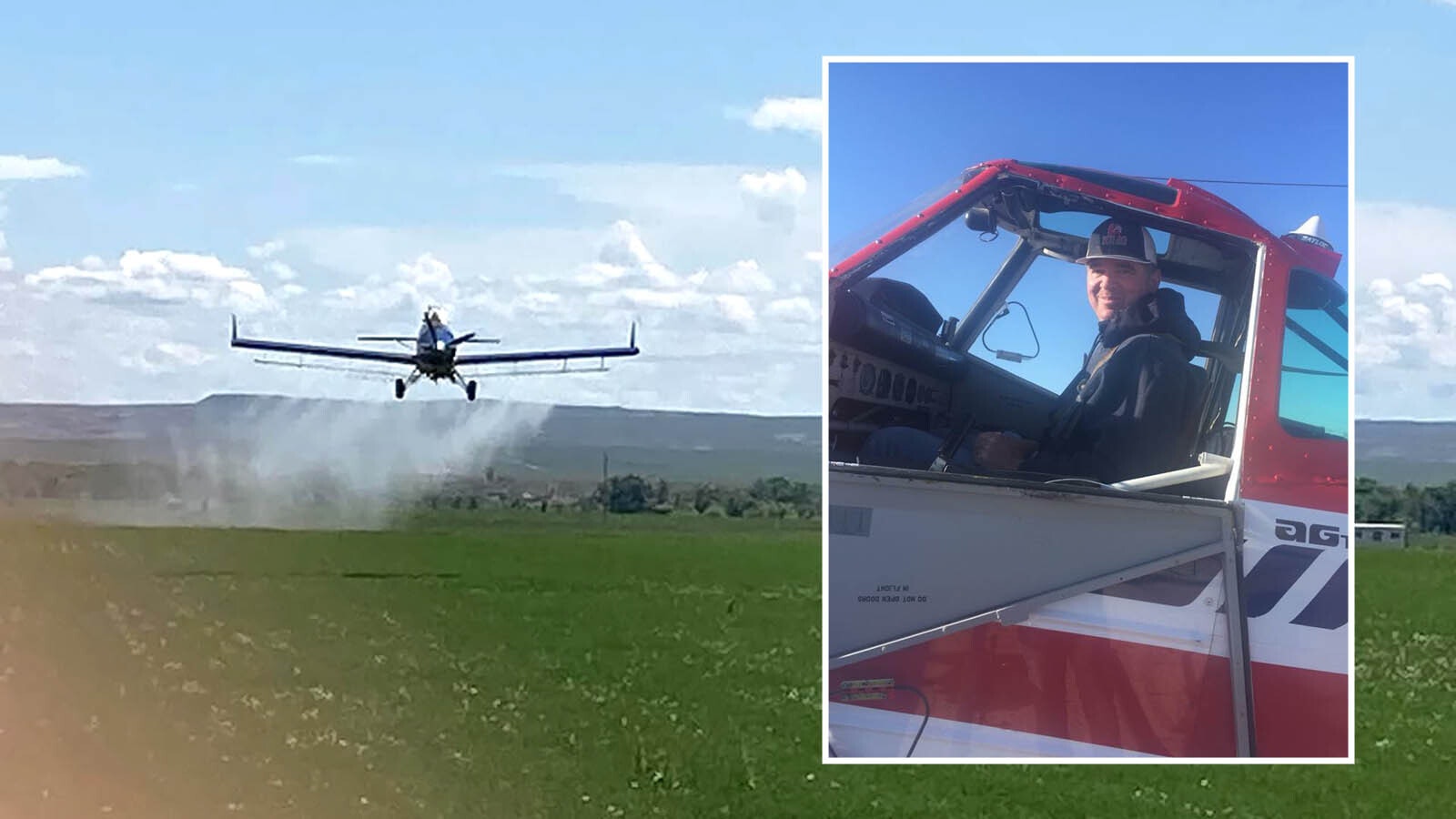When the Minnesota Supreme Court on Wednesday crafted a groundbreaking rule against the self-defense concept of standing one’s ground, it highlighted a potential loophole in Wyoming’s own laws, says a firearms law expert.
Minnesota’s high court ruled Wednesday that not only do people in that state have a duty to retreat, if possible, before harming a violent attacker, they also have a duty to retreat before threatening an attacker.
David Kopel, senior fellow at the University of Wyoming Firearms Research Center, called the ruling an anomaly in U.S. gun laws.
“I think it’s undisputed that this deviates from the laws of all 49 other states,” said Kopel.
Mark Jones, a national director with Gun Owners of America, called the new rule a "draconian" interpretation of self-defense and "probably the most anti-Second Amendment or personal defense interpretation in the whole country."
Unclear If Wyoming Could Do That
The Minnesota court referenced its years-old rule that victims of dangerous attacks should retreat, if possible, before harming or killing their attackers. It expanded that rule to say victims also must retreat before threatening their attackers.
“It takes a judicially created exception to the (state’s laws) and extends that exception,” said Kopel of the ruling.
While Kopel voiced practical concerns about the ruling, such as its ability to penalize a victim who makes his attackers stand down by pulling a pistol, he also noticed that it highlights a potential loophole in Wyoming’s laws.
Wyoming is a stand-your-ground state, meaning a person doesn’t have a duty to retreat when he is attacked, as long as he’s not occupying some place illegally or committing a crime.
But that provision doesn’t expand to a situation where a person reasonably believes he’s about to be attacked, Kopel noted.
While Wyoming’s courts system couldn’t remove a person’s right to stand his ground when attacked — at least not without a law change — it’s uncertain whether it could impose on the victim a duty to retreat when he reasonably believes he’s about to be attacked outside his home, Kopel said.
“It’s legally ambiguous in Wyoming whether a court could do that,” he said.
As For Minnesota
As for Minnesota’s ruling, Kopel said it’s unlikely to be heard by the U.S. Supreme Court if it's appealed, as the highest court rarely takes up state court decisions on state laws defining self-defense.
The case started June 2, 2021, when Earley Romero Blevins was on the light rail platform in downtown Minneapolis near a woman wearing a teal shirt, a man wearing a sweatshirt, and a man wearing a tank top. The other three people knew each other and were loitering on different parts of the platform, says the ruling.
According to Blevins, the man in the sweatshirt approached him with a knife out and told him to come into the platform shelter, beyond the surveillance camera’s view, so he could slice Blevins’ throat. A court later found his testimony of this threat credible.
In response, Blevins pulled a machete out of his waistband and moved toward the woman and the man in the sweatshirt, yelling and holding the machete.
The pair backed away from Blevins and the man in the sweatshirt put his knife away. The man in the tank top walked aggressively toward Blevins, who then lunged at that man with the machete, says the ruling.
Blevins swung the machete at the three for about a minute until they backed off.
Ultimately, the high court found that Blevins had a duty to retreat rather than brandish a weapon. It rejected his argument that he didn’t have a safe way to escape.
Not Just Machetes
The court opinion doesn’t just affect how people handle machetes. It encompasses a broad range of dangerous weapons, and it says brandishing a weapon tends to escalate a situation.
“When it is reasonably possible to retreat, escalating the situation to such a dangerous point (of threatening others) does not serve public policy interests,” says the opinion.
Kopel said different weapons impact various situations differently, however.
“If someone draws a weapon on you, the best chance of deescalating and not getting into a situation where weapons are used, can be — sometimes — showing that the aggressor, the person who drew the weapon in the first place, would face a more difficult situation than he might imagine (if he advances),” said Kopel.
In other words, sometimes pulling a gun can halt an attacker.
The Dissenters
A dissent by Justice Paul C. Thissen, joined by Justice Karl C. Procaccini, says the high court was answering the wrong questions about Blevins’ case.
The question should not have been whether Blevin had a duty to retreat rather than hold off his potential attackers with a weapon, but whether Blevins’ response was reasonable.
The reasonableness question is built into Wyoming’s self-defense laws, which say a person can use a level of defensive force a reasonable person would likewise use, to prevent injury or loss. A person can use deadly force to prevent death or serious injury to himself or another, the law adds.
Thissen’s dissent says he would have sent this case back down to the trial court for a jury to decide whether Blevin behaved reasonably, rather than expanding a judicially-created rule about one’s duty to retreat.
“Until now, the collective wisdom of judges nationwide over hundreds of years has never imposed a duty to retreat before making threats to deter an aggressor,” says the dissent.
Clair McFarland can be reached at clair@cowboystatedaily.com.





